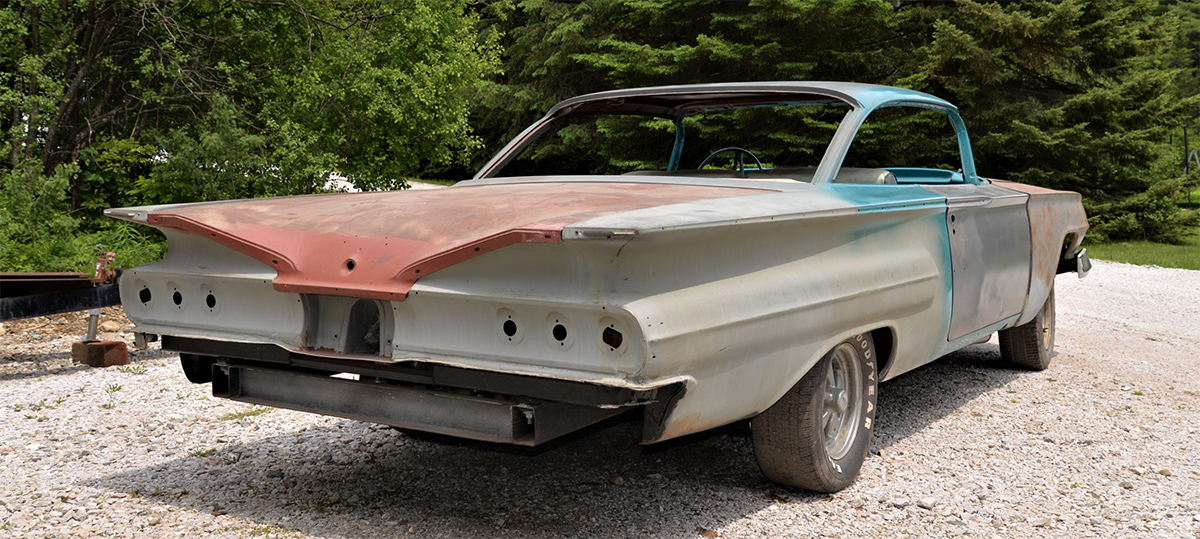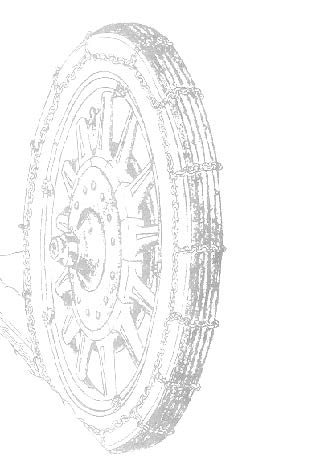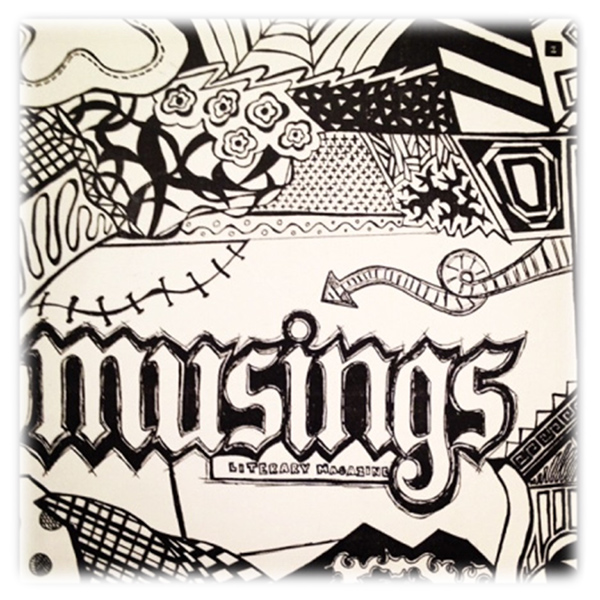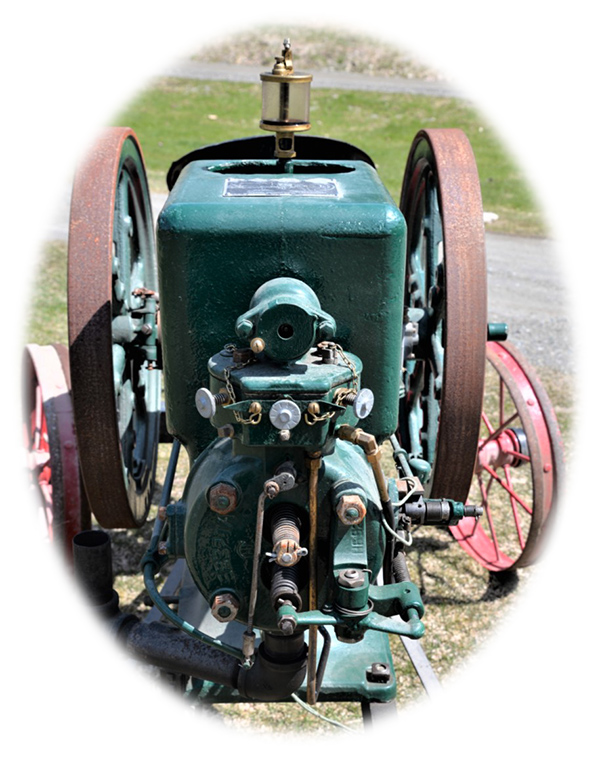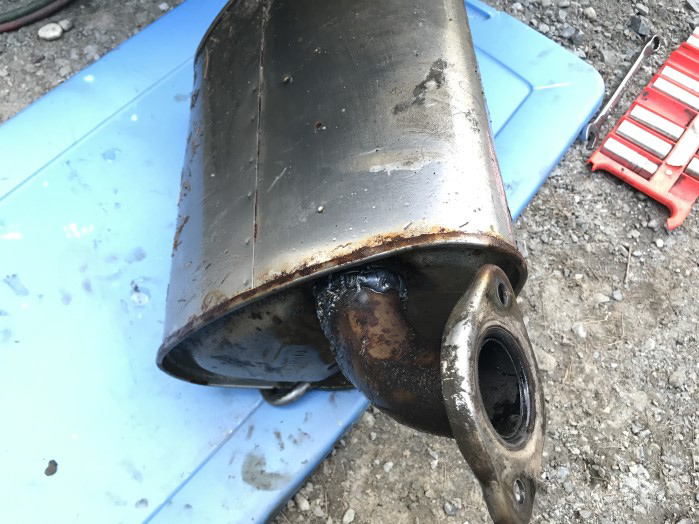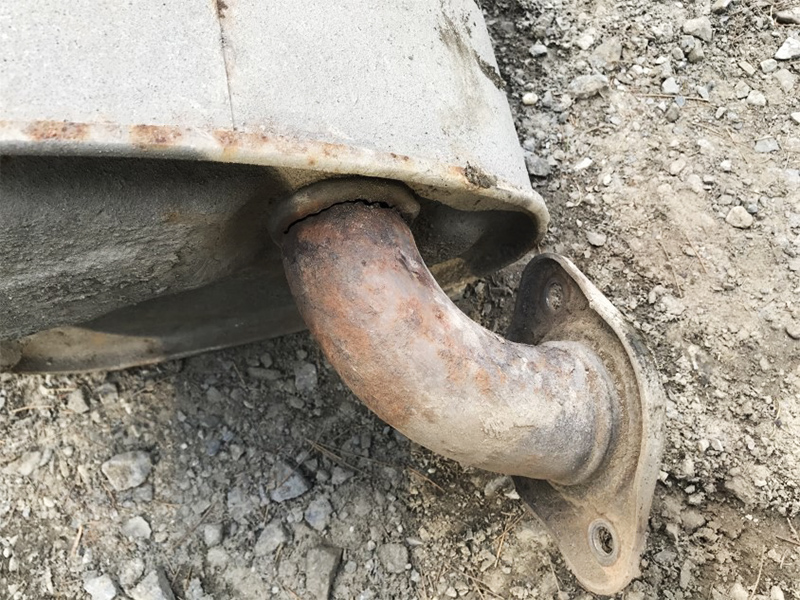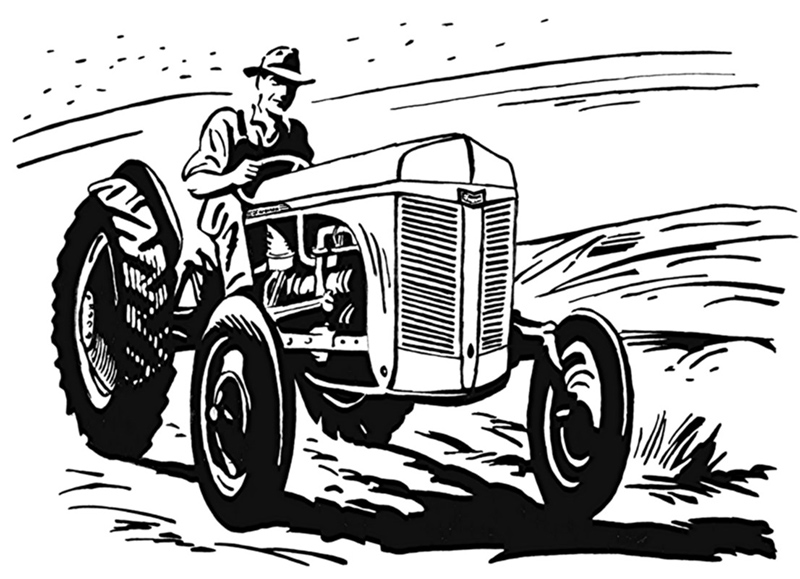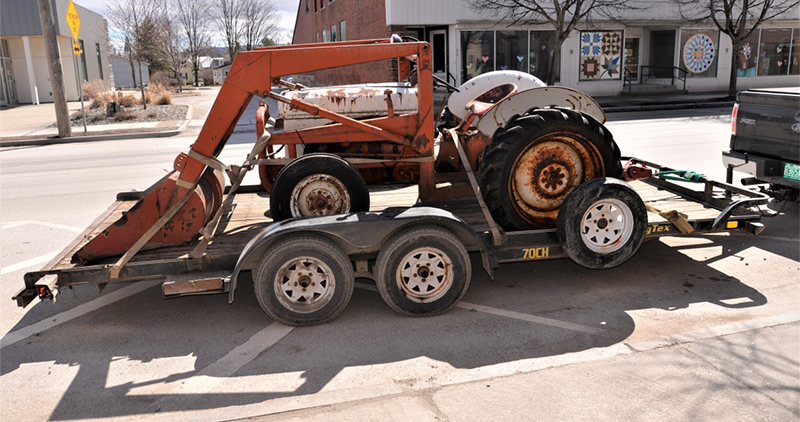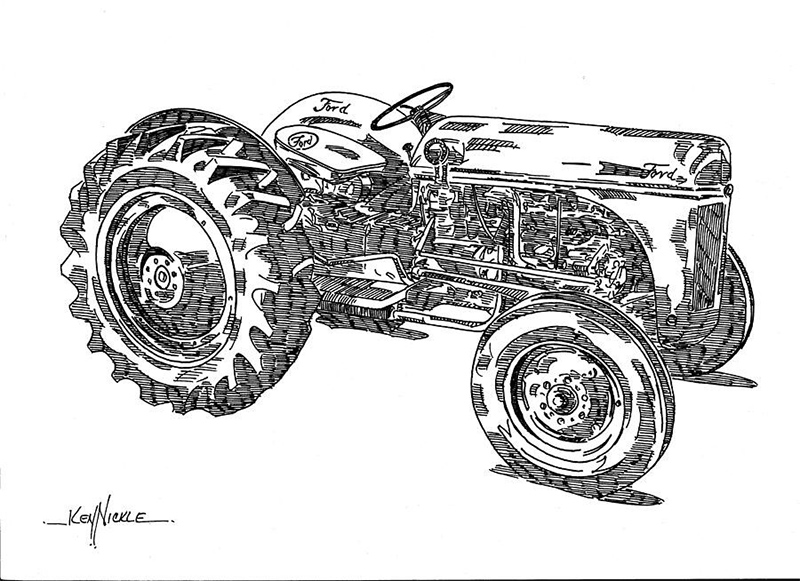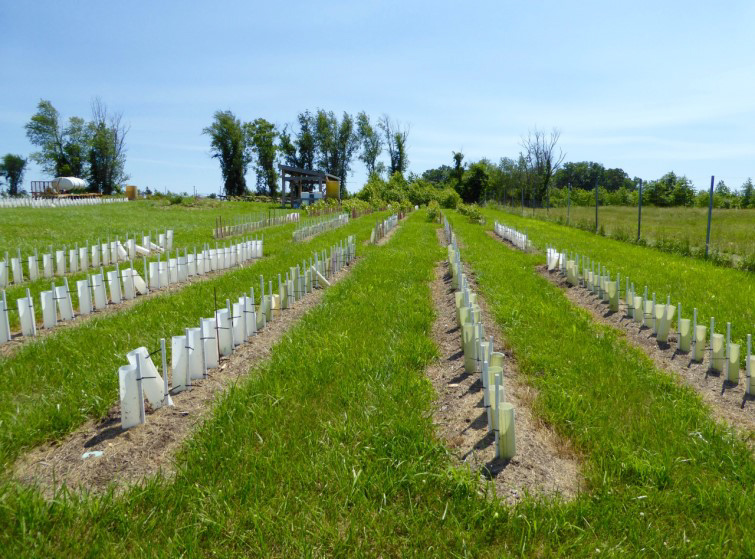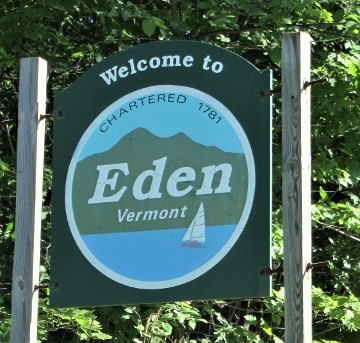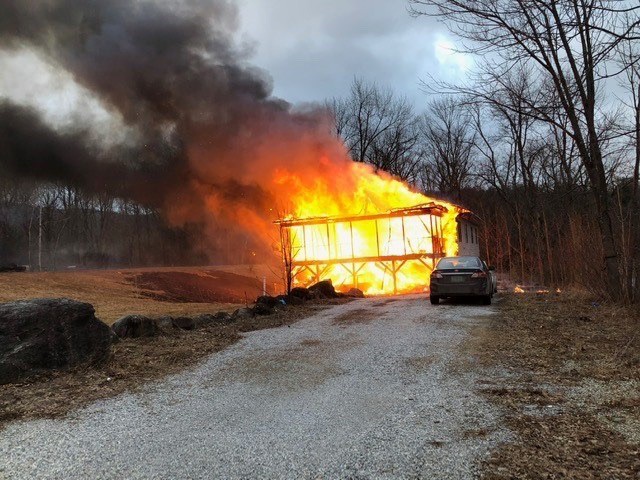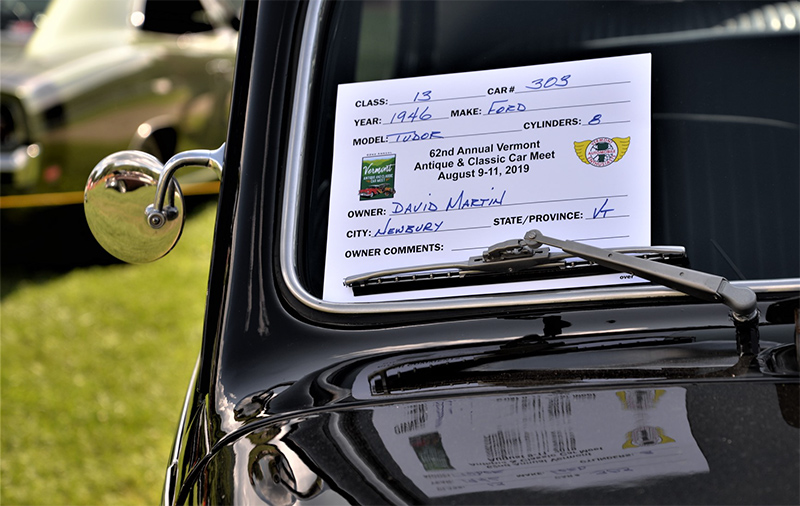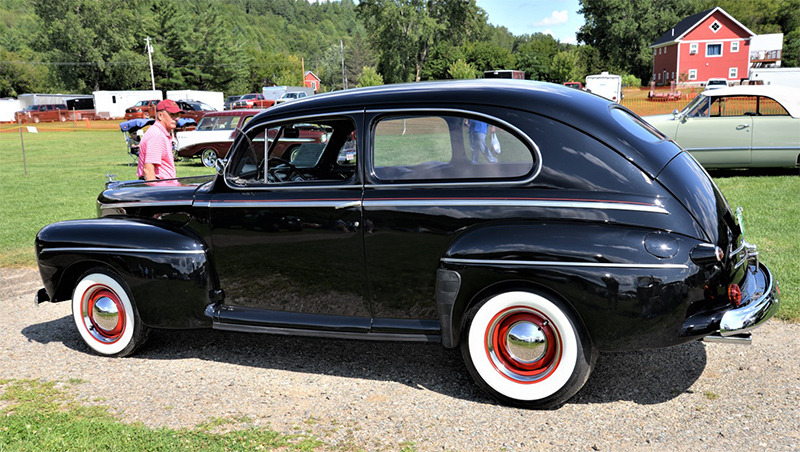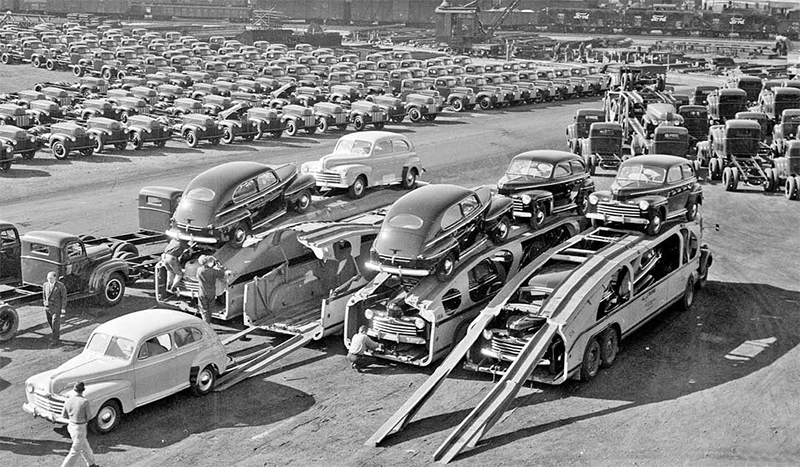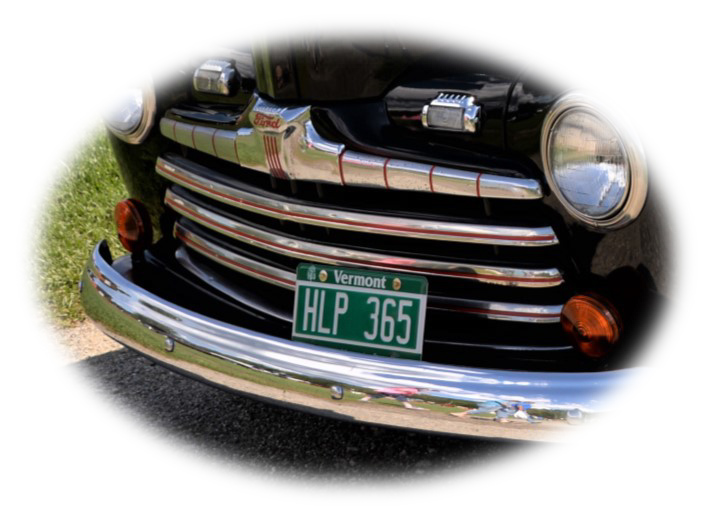VAEer Richard Spitzer has a project on his hands with this 1960 Chevy Impala.
This from Richard Spitzer…
When my dad told me he saw a 1960 Impala for sale, I had no clue what one looked like.
Fins and a bubble top. What? I was 17 and driving a SAAB 99. I liked old cars, but had no idea what the models were back then. We drove over to Hyde Park to check it out. I was caught off guard a bit, it was big and turquoise! But we drove it around and it sold it-self.
My friends rode in the car my last few years of High School at People Academy. Everyone liked it. Even my mom would borrow my car to run errands.
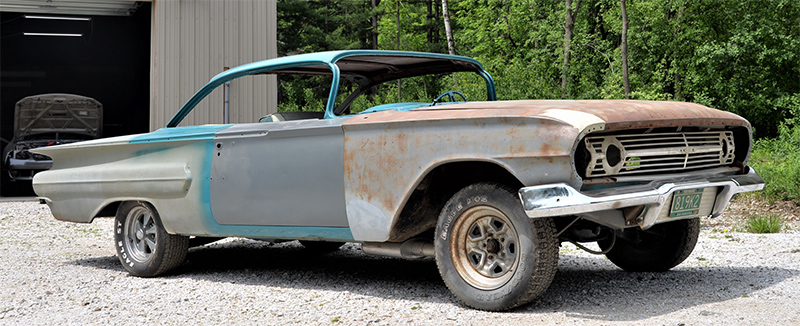
I was jealous of the new 5.0 Mustangs and my buddy’s Camaros. So of course I tried flipping the air cleaner lid to make it sound powerful. I tried a big 4 barrel on the 283. No more power, but sounded great. I did get a dual exhaust system on it and some new Cragar Wheels and white letter tires. She rolled really good then. I would rev the car in first forever, then shift the Powerglide into high, and it would make a great exhaust note. It was big, heavy and slow. We even got stuck in the parking lot at the Stowe Car show. But with no seat belts, we could load it up with teenagers and cruise town in style.
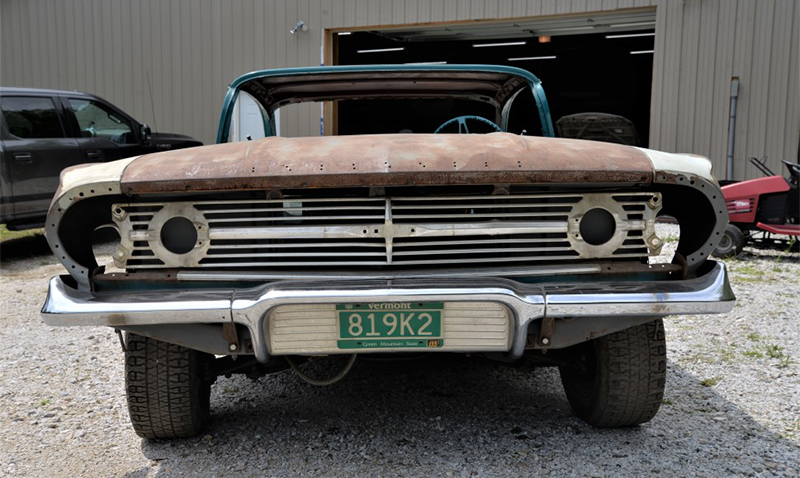
Those were the good days. When the front seat broke out of the floor and ended up in the back seat going up Quarry Hill, I new I had a rust problem. Bondo was falling off daily and the right front tire went 100 yards further than I did in Keene, NH. It was 1988, I was in the military and the Impala was pushed to the side. But soon misguided motivation and a side order of hair band music, led to the biggest mistakes many car guys make, and I disassembled the whole car. With the help of a few friends, the car was in pieces. I had the frame repaired, and the body was on its side in my garage while I repaired the floor. Pieces of that car are scattered from Enosburg to Jericho to Williston over six plus moves and I doubt I have all of them. I have miles of trailering and tons of wasted effort pushing it in and out of the garage, and now it still sits sadly waiting for repair.
Bring in the new life, with a new wife, and a garage that makes most men jealous. I am just a few projects away from getting back on track with the Impala. I always say it has been more of a resurrection then restoration. It will move again under its own power. It is a little ugly right now. I am not a detailed body guy, just a mechanic. So hopefully there will be progress on this project each month. I am not sure yet what the car will look like in the end except the color, 1960 turquoise and a white top. I have kids that have never rode in it, so I hope to get the car done so everyone can enjoy it. See you on the road soon!!
A question for everyone……Which vehicle would you say is the one you would like?

There have been 10 generations of Chevrolet Impalas, starting in 1958.
Richard’s Impala is the 2nd generation. Chevrolet made 490,900 Impalas in 1960, with many variations.
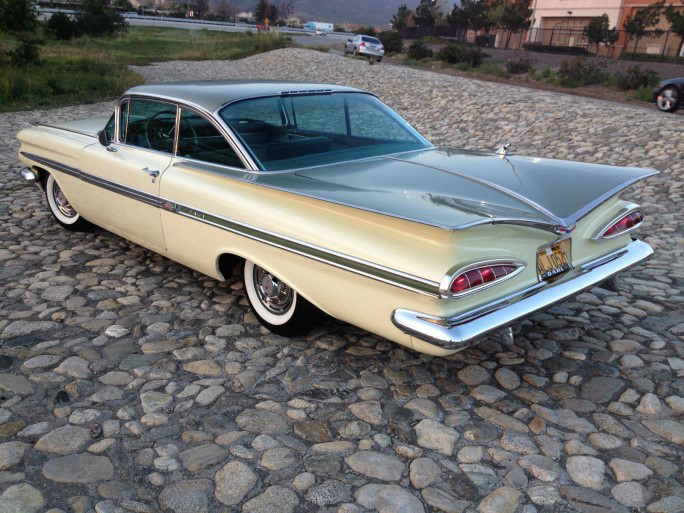
There was the Sedan, the Hard Top Sedan and the Hard Top Coupes. Along with the Convertible Couples and the Station Wagons. There were 2-door and 4-door variations and “Sport” packages.
Engine choices were the 235 cu in “Blue Flame I6”, the 283 cu in “Turbo Fire V8”, and the 348 cu in “W-series Turbo Thrust V8”. A “Speedminder” was an option where the driver sets a needle at a specific speed and a buzzer would sound if the pre-set was exceeded.
Right-hand drive cars were made in Oshawa, Ontario, Canada, for New Zealand, Australia, and South Africa. All the rest were built in Baltimore, Maryland, St. Louis, Missouri, South Gate, California.
A two-door Hardtop Sport Coupe cost $2,597 in 1960, $19,425 in todays dollars. Regular gasoline in 1960 was $.31 per gallon, in today’s dollars that comes to $2.71 per gallon. The Impala with the 283 engine is reported to get 12MPG.
So, yes, it will cost you more to drive a 1960 Chevrolet Impala, but there is no question which is more preferable. If you say the vehicle on the left, we need to talk.










